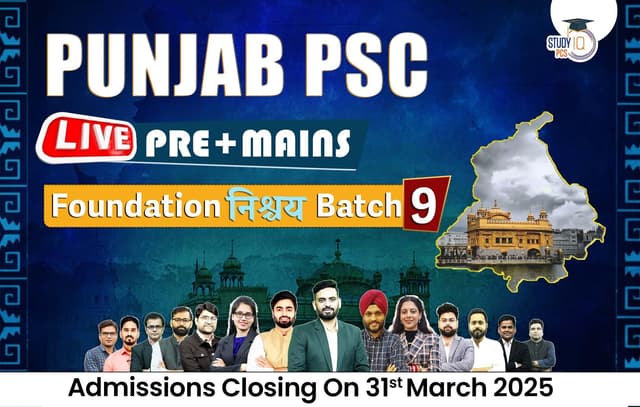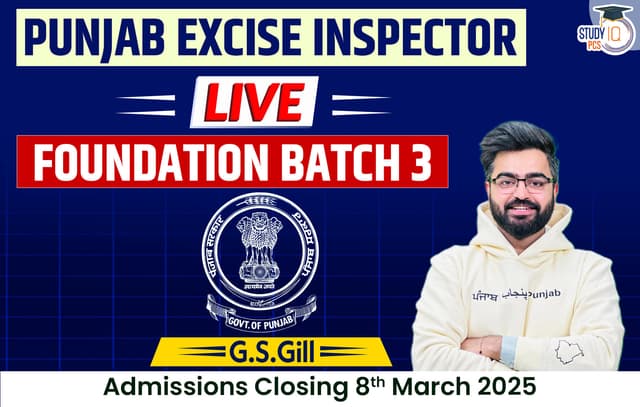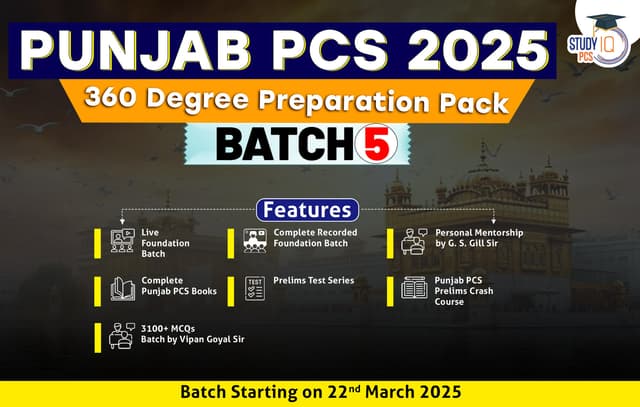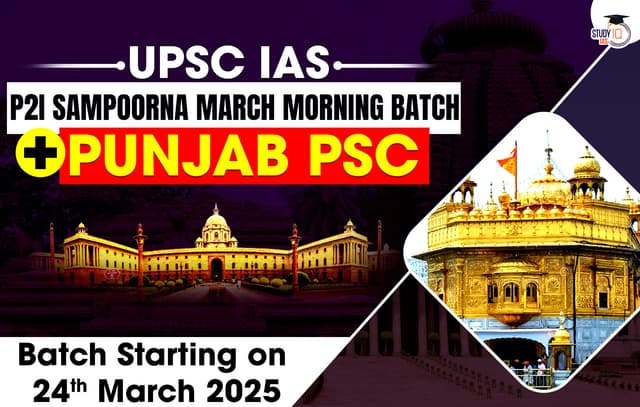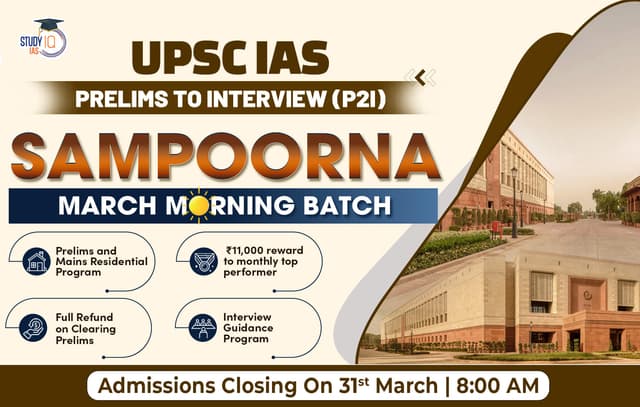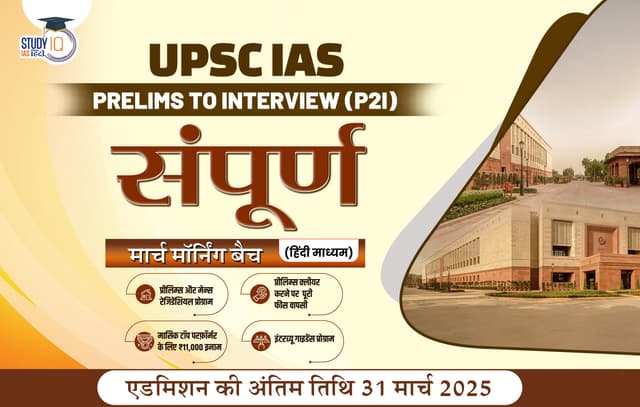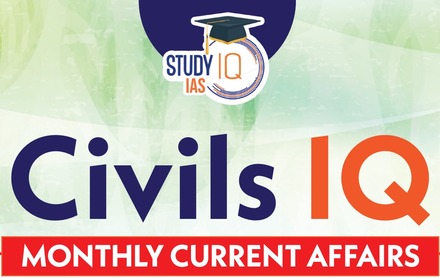Table of Contents
Folk dances are traditional forms of dance that represent the culture, emotions, and celebrations of a specific community or region. These dances are free-spirited, focusing on expression rather than adhering to strict choreography or formal attire. While the folk dancers don’t need special makeup or costumes, the music, often driven by the iconic dhol (drum), plays a crucial role in these performances. Men and women generally perform separate dances, with some dances being gender-specific, while others are collective. The main goal of these dances is entertainment and social enjoyment.
Men’s Folk Dances
- Bhangra: Bhangra originated as a folk dance linked to the harvest season, celebrated during Baisakhi. It involves energetic movements and is performed to the beats of the dhol. Dancers form a circle, moving with rhythm, shaking shoulders, and performing footwork that accelerates with the drumbeat.
- Luddi: Luddi celebrates triumphs and is often performed during auspicious occasions. Dancers wear loose shirts or kurtas and sometimes cover their heads with turbans or patkas. The dance mimics the movements of a snake, with one hand behind the back and the other in front of the face.
- Julli: A spiritual dance performed in a seated position, usually in secluded areas. It involves a single dancer holding a thick stick and moving rhythmically while wearing black attire and a black scarf.
- Gatka: This martial art dance involves the use of swords, sticks, and daggers. Originating from the Sikh community, it is performed during special religious festivals like Holi and Gurpurb.
- Dankara: A celebratory dance performed by two men holding colorful sticks, tapping them together in rhythm with drums, often seen during weddings.
- Jhumar: Originating from the Sandalbar region, Jhumar is typically performed during weddings. The dance is characterized by swaying movements, and some traditions involve both men and women dancing together.
Women’s Folk Dances
- Giddha: A popular dance among women, Giddha is performed in a circle, often accompanied by the dholki (a smaller drum). This dance is known for its grace and elegance, with one performer sitting at the center while others join in a rhythmic display.
- Sammi: A circle dance, Sammi is performed by women from the Sandalbar region, where they swing their hands and clap while moving in a circle, maintaining rhythm with their feet.
- Kikli: A dance for younger girls, where pairs of girls stand facing each other, holding hands, and spin in a circle on their toes until exhaustion.
- Jaago: A lively dance performed by young girls at Punjabi weddings, often the night before the wedding, with the elder woman carrying a pot with lit diyas and singing songs in a group.
Collective Folk Dances
- Karthi: A mixed-gender dance that begins with ritual offerings to a deity, typically during harvest times. Karthi incorporates sentimental songs about battles, victories, and relationships, accompanied by folk instruments like the Shehnai.
- Jindua: A dance that evolved from couples singing love songs, Jindua is now performed with specific dance steps, often telling stories of love and emotional exchange.


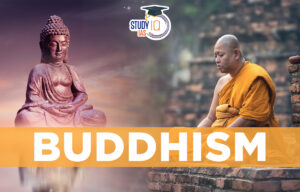 Buddhism History, Origin, Sect, Councils...
Buddhism History, Origin, Sect, Councils...
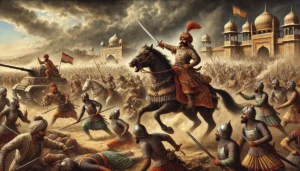 Rana Sanga: The Fearless Rajput King and...
Rana Sanga: The Fearless Rajput King and...
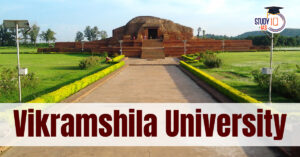 Vikramshila University Revival, Location...
Vikramshila University Revival, Location...
